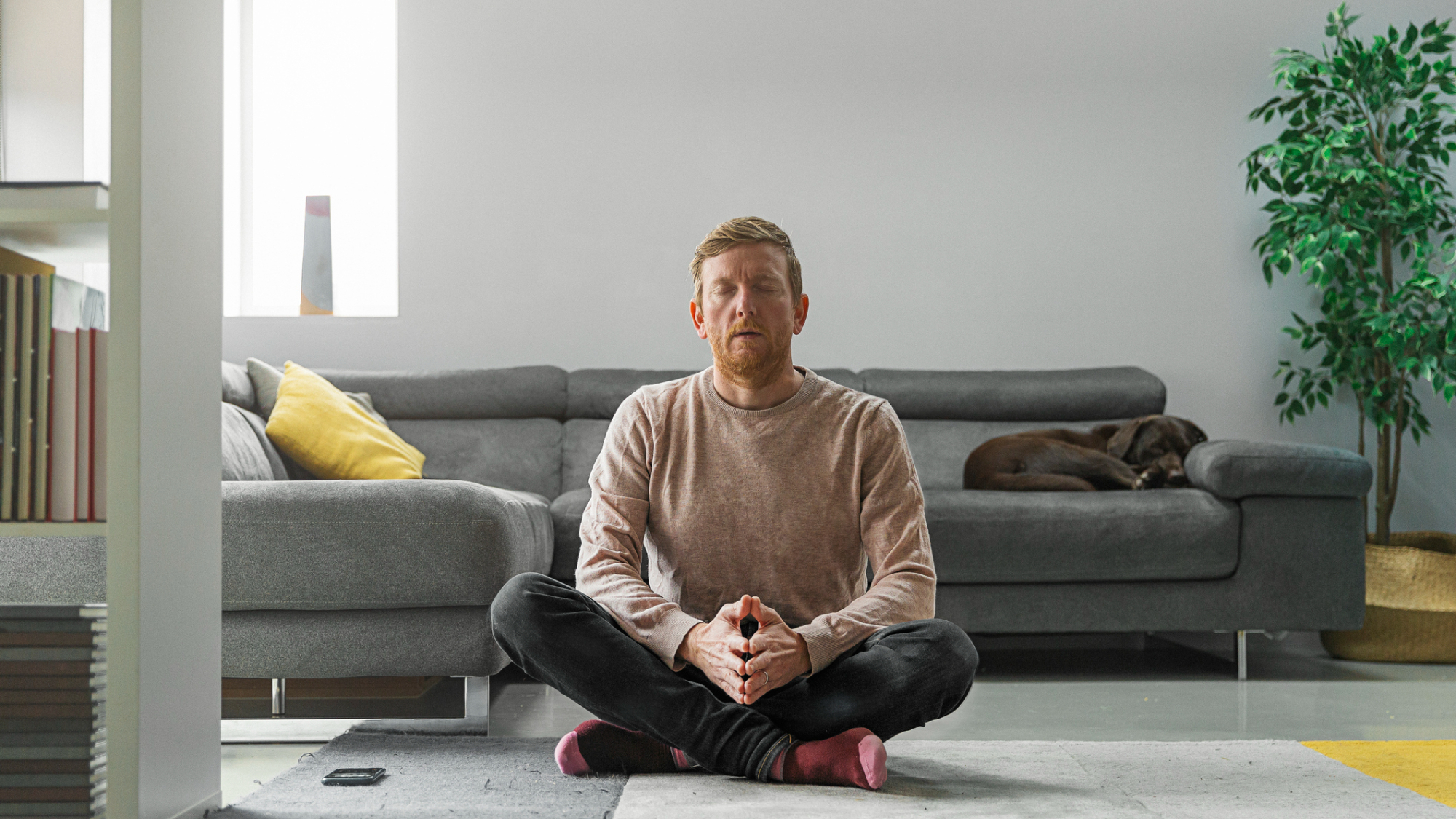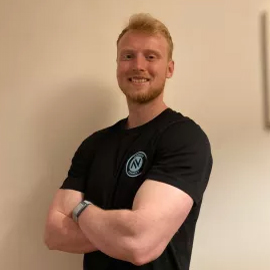I tried meditation for the first time and I couldn't believe how hard I found it
Meditation can lower stress levels and improve focus, but it didn't come naturally to me


I wouldn't say that my mind is a calm and quiet place. From the moment I wake up to when I go to sleep, it's working at a million miles an hour, running through to-do lists and composing work emails.
I've always told myself this is just how my head works, but after taking on a few too many commitments in the run-up to Christmas I found myself feeling a bit weary. It was then that I decided to try meditation.
I've always assumed meditation wasn't for me, preferring to clear my mind with intense forms of exercise like CrossFit and running. But after a colleague waxed lyrical about their own positive experiences with the practice, I resolved to give it a go.
How I meditated
My first steps into meditation were the same as many people around the world; I downloaded the Headspace app to learn how to meditate.
I watched the introductory videos, then I progressed to two meditations: one 11-minute guided meditation and another 10-minute breathwork session.
While I wasn't expecting it to be easy, I was surprised by how much I struggled with the sessions. Here's what I noticed after trying to meditate for the very first time.
1. It didn't come naturally to me
As soon as the person leading the meditation advised me to shut my eyes, deadlines, dinner plans and all the other clutter that had been sitting in my sub-conscious flooded my mind.
Get the Fit&Well Newsletter
Start your week with achievable workout ideas, health tips and wellbeing advice in your inbox.
I tried to focus on the voice coming from my phone, but it proved impossible. I kept missing chunks of the guided meditation because my brain was otherwise occupied.
According to Headspace, experiencing restlessness and negative emotions is common for beginners. You're supposed to give these emotions your full attention, then let them go.
"Over time the mind learns to recognize these emotions but gets used to not getting caught up in negative patterns of thought—a skill that can be enormously beneficial not only during meditation but also in daily life,” reads the Headspace website.
By the end of the session, I think I'd become marginally better at allowing my thoughts to come and go, but it felt like disappointing progress.
2. Breathwork helped my mind feel less busy
I found the meditation session difficult and it didn't seem to calm my mind, but I had more success with the breathwork. Having a focal point to concentrate on made my brain less busy, while also helping me feel connected to my body.
The session revolved around a technique called box breathing, which involved inhaling, holding the breath with full lungs, then exhaling and holding still with lungs emptied.
Following the app's instructions, I made each part of the breath last about four seconds, and I couldn't believe how much calmer I felt after three rounds.
When this practice stopped, it was like a magician had clicked their fingers to bring me back in the room.
3. I struggled with the lack of measurable progress
I'm competitive by nature. If I take on a hobby, I like to keep tabs on my progress. This is one of the reason I enjoy fitness-oriented goals, as it's easy to track improvements in the weights I lift or the speeds I run.
Meditation is supposed to train your mind and improve your focus, but there's no tangible way to measure this.
I found it hard to engage with the practice because of this; I can't see myself returning to something which doesn't directly reward effort with clear, substantial improvements.
Would I do it again?
There are plenty of proven benefits to meditating, including improved focus and lower stress levels—but the practice just isn't for me.
Although I experienced some positives from the breathwork, the meditation class left me feeling worse than I had before I started.
So instead of firing up the Headspace app the next day, I set my alarm for six am and attended my usual CrossFit session, which was more effective at clearing my mind.
I'd still encourage other people to try meditation, as what works for one person might not work for the next, but I'm sticking with strength training workouts and intense exercise classes for now.

Harry Bullmore is a Fitness Writer for Fit&Well and its sister site Coach, covering accessible home workouts, strength training session, and yoga routines. He joined the team from Hearst, where he reviewed products for Men's Health, Women's Health, and Runner's World. He is passionate about the physical and mental benefits of exercise, and splits his time between weightlifting, CrossFit, and gymnastics, which he does to build strength, boost his wellbeing, and have fun.
Harry is a NCTJ-qualified journalist, and has written for Vice, Learning Disability Today, and The Argus, where he was a crime, politics, and sports reporter for several UK regional and national newspapers.
-
 I do these two things every day to stay fit and healthy, says the newest star trainer on Chris Hemsworth's fitness app
I do these two things every day to stay fit and healthy, says the newest star trainer on Chris Hemsworth's fitness appHere's how Centr's Korey Rowe trains for longevity
By Sam Rider Published
-
 I thought sports weren't for me, until I realised they're a game-changer for ticking off cardio
I thought sports weren't for me, until I realised they're a game-changer for ticking off cardioI swapped HIIT and running for tennis—and I've never felt better
By Alice Porter Published